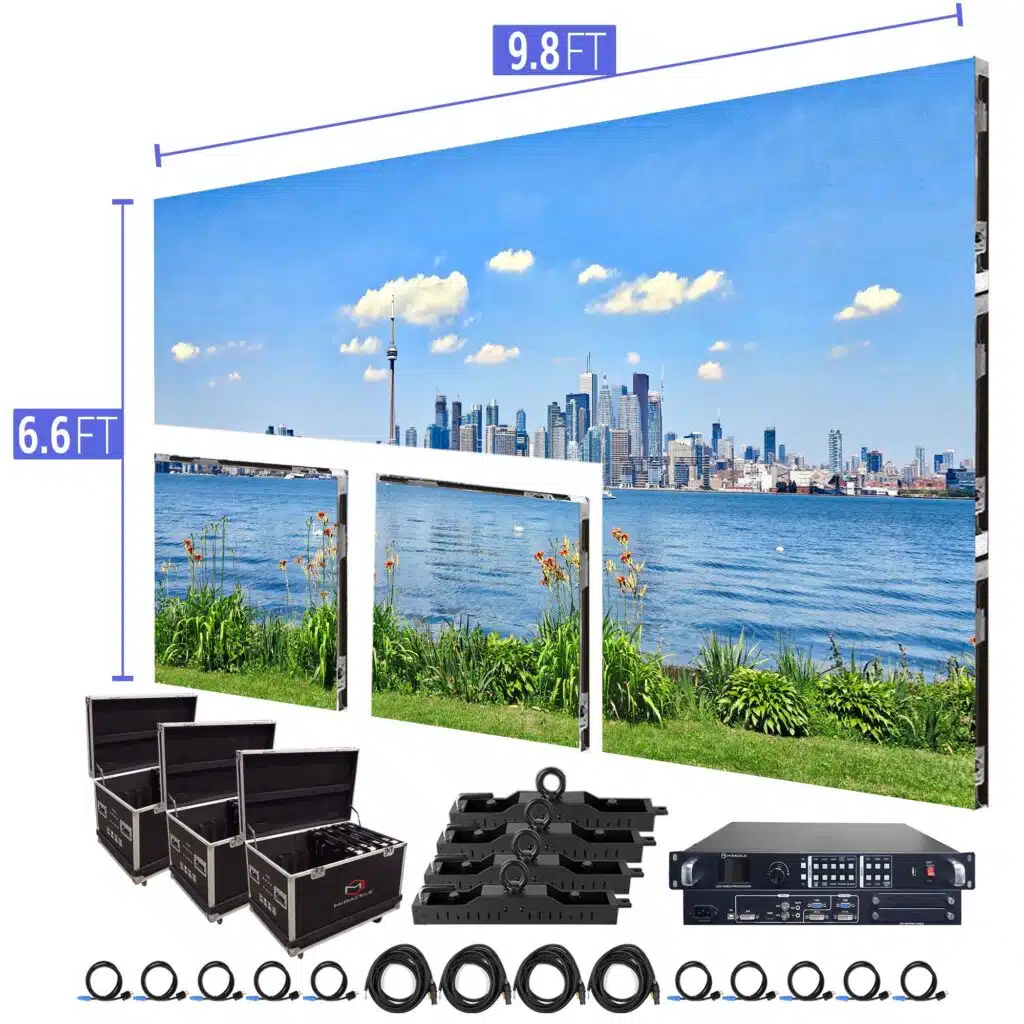Effective Tactics for Overcoming Temperature Issues in LED Display Panels
Wiki Article
LED wall screens are increasingly popular for multiple uses, including advertising, functions, and electronic displays. However, excess heat is a major issue that can affect their functionality and lifespan. When LED panels overheat, they may decrease in brightness, hue shift, or even malfunction completely. Understanding the causes and applying efficient methods to manage heat can assist preserve the ideal function of LED wall panels. This piece will explore several approaches to tackle excess heat challenges associated with these devices.
One effective strategy for preventing overheating in LED wall panels is ensuring proper airflow. It is crucial to place these screens in settings where atmosphere flow is adequate. This can be accomplished by placing the panels in a well-ventilated area or using fans to improve ventilation around the devices. Additionally, if the screens are installed in a tight area, establishing openings or using vents can help dissipate heat more efficiently. Keeping a lower surrounding heat level is vital, as it directly impacts the function and durability of LED wall panels.
Another way to combat overheating is through the use of thermal control substances. These substances can help take in, dissipate, or redirect heat away from the LED components. Thermal sinks are frequently employed in many digital units, such as LED panels. These metal components draw heat away from the LED components, permitting them to function at a more secure heat level. Additionally, thermal paste or pads can be applied to enhance heat conduction between the LED elements and the heat sinks, further enhancing their chilling effectiveness.

Regular maintenance and monitoring of LED wall panels also play a vital part in stopping excess heat. Dirt and grime can build up on the surfaces of these panels, obstructing airflow and trapping heat. Regular cleaning, using appropriate tools, will keep the panels free from obstructions. Furthermore, monitoring the temperature of the panels can help identify overheating issues before they become severe. Using temperature sensors can provide valuable data, allowing users to take corrective action if the panels begin to exceed safe operating temperatures.
The use of cutting-edge techniques can also help tackle excess heat challenges in LED panel screens. Many contemporary LED panels come fitted with built-in heat control systems. These systems can instinctively modify the luminosity of the screen based on the heat level, reducing heat generation when necessary. Additionally, software solutions can track the functionality of the screens and provide notifications if excess heat is detected. Incorporating these technologies visit this page can significantly enhance the durability and dependability of LED panel screens.
In summary, managing excess heat in LED wall screens is crucial for ensuring their performance and lifespan. Applying methods such as providing adequate airflow, using thermal management substances, performing routine maintenance, and utilizing advanced technology can help mitigate excess heat issues. By implementing these proactive steps, users can enjoy the complete advantages of LED panel screens while minimizing the risk of heat-related problems. This method not only improves the performance of the panels but also contributes to a much eco-friendly and efficient use of technology in multiple uses.